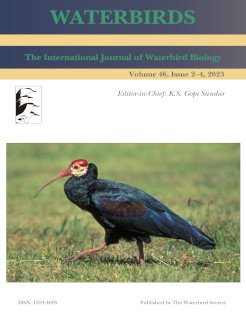The Southern Bald Ibis is endemic to South Africa, Lesotho, and Eswatini, occurring across high and mid- altitude mesic grasslands, and has been of conservation concern since the 1970s, resulting in a range of monitoring, research and conservation actions. We compared trends in reporting rates from the Southern African Bird Atlas Projects (SABAP), examined trends in numbers of nests reported through colony monitoring, and explored contributions made to the ‘Threatened Species Cause’ from the BirdLasser mobile app. We found the species was widely reported across the range outside of sites with known colonies and roosts, suggesting a large proportion of the population was not available for counting during the breeding season. Using insights from the SABAP data and occupancy modelling, combined with group counts from BirdLasser data, we suggest the population is likely >10,000 individuals. None of the trend analysis statistics we used revealed a decrease in population size for the period 1987 to 2021. We note that certain colonies are still being abandoned, but this is now at a lower rate (<10% of colonies). These findings suggest a stabilization in population numbers and a potential recolonization of lost range, marking a positive shift in the species’ conservation status. Our study highlights the importance and utility of integrating diverse, independent citizen science data sources in wildlife research, offering a more comprehensive understanding of species distribution and population trends, essential for effective conservation strategies.
How to translate text using browser tools
10 May 2024
Reassessing the Population and Distribution of the Southern Bald Ibis: Insights from Diverse Citizen Science Data Sources
Alan Tristram Kenneth Lee,
Carina Pienaar,
Kishaylin Chetty,
Robin Colyn
ACCESS THE FULL ARTICLE

Waterbirds
Vol. 46 • No. 2-4
June 2023
Vol. 46 • No. 2-4
June 2023
citizen science
conservation
ibises
monitoring
southern Africa




